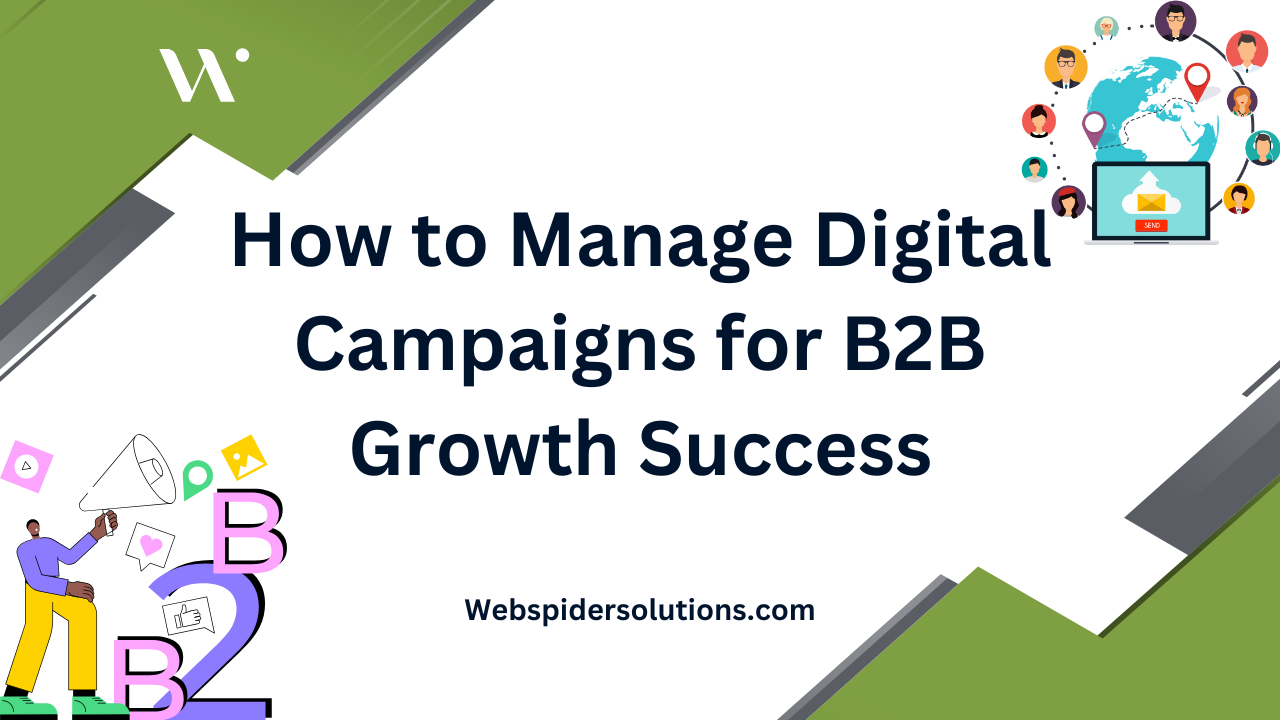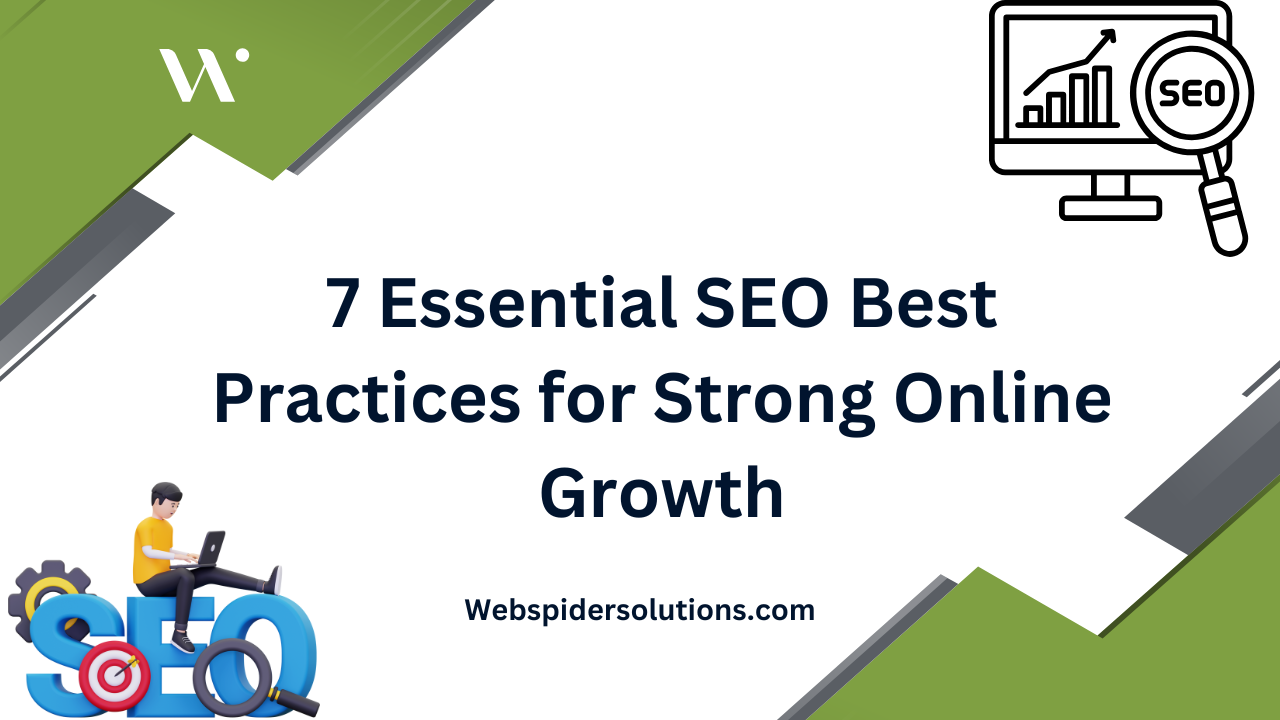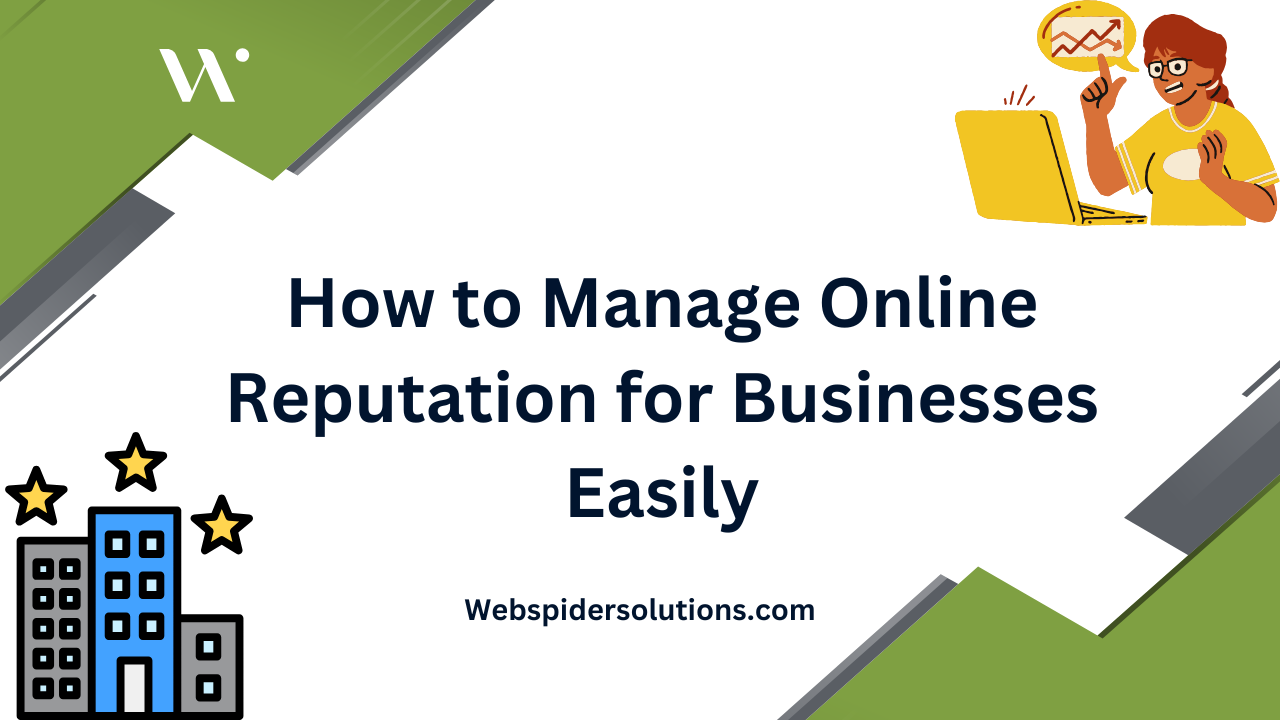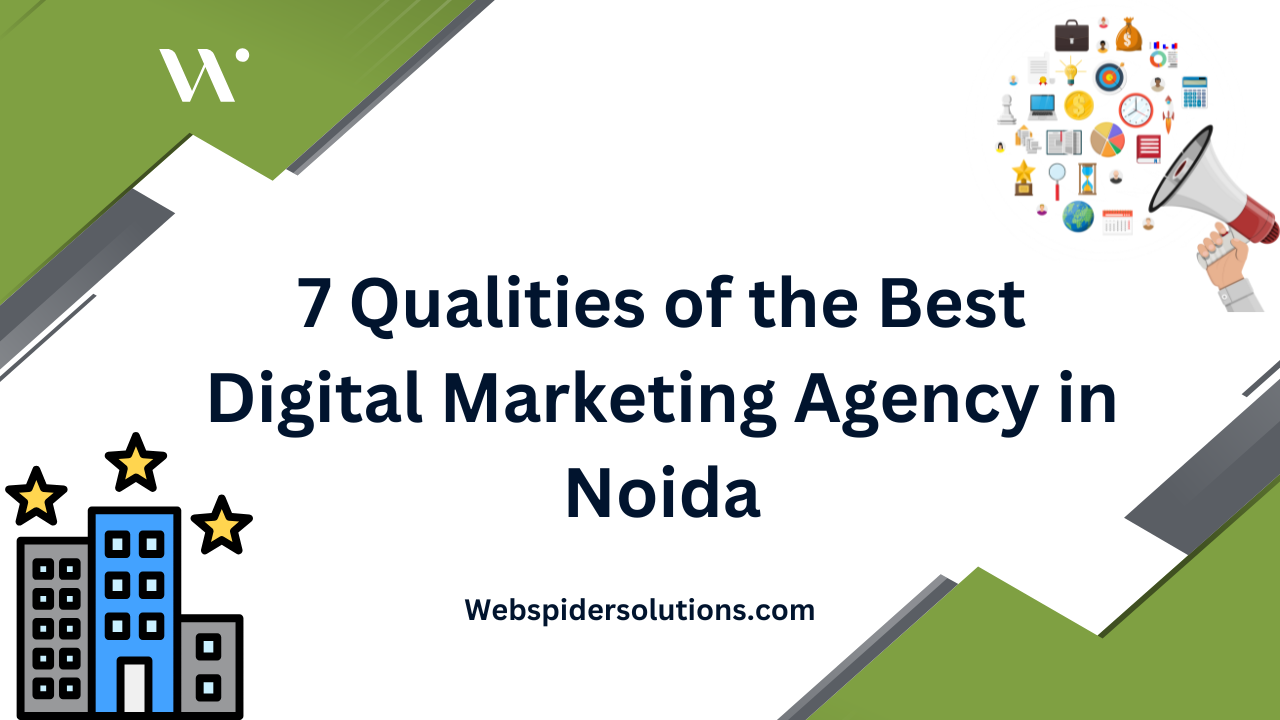Over 60 percent of B2B marketers say setting clear objectives is the biggest factor in campaign success. Without a focused strategy, even strong marketing efforts can miss their mark. Understanding every step from defining goals to analyzing results helps you turn scattered ideas into measurable gains and stronger customer relationships. This guide reveals proven steps for planning, launching, and refining B2B digital campaigns that deliver real business outcomes.
Table of Contents
- Step 1: Define Campaign Objectives And Target Audience
- Step 2: Set Up Platforms And Tracking Infrastructure
- Step 3: Develop Compelling Campaign Assets And Messaging
- Step 4: Launch And Monitor Campaign Performance
- Step 5: Analyze Data And Optimize Strategies
- Step 6: Evaluate Results And Refine Future Campaigns
Quick Summary
| Key Point | Explanation |
|---|---|
| 1. Define clear campaign objectives | Establish measurable goals based on thorough market research to track progress effectively. |
| 2. Set up tracking infrastructure | Implement robust platforms for tracking performance metrics across digital channels for informed adjustments. |
| 3. Create tailored campaign messaging | Develop content addressing specific audience pain points to enhance engagement and trust. |
| 4. Monitor performance continuously | Use real-time dashboards to track key indicators and adapt strategies quickly as needed. |
| 5. Evaluate and refine future campaigns | Systematically review campaign results to derive actionable insights for ongoing marketing improvements. |
![]() |
|
Step 1: Define campaign objectives and target audience
Defining clear objectives and understanding your target audience is the foundational strategy for successful B2B digital marketing campaigns. According to Ethosh, B2B marketing typically focuses on several key objectives including increasing brand awareness, generating qualified leads, and enhancing customer engagement.
To effectively define your campaign objectives, start by conducting comprehensive market research that helps you understand your ideal customer profile. Analyze your current customer base, review industry trends, and identify specific business goals you want to achieve through this digital campaign. Techella recommends breaking down objectives into measurable metrics such as website traffic, lead conversion rates, or engagement levels. This approach allows you to track progress and adjust strategies in real time.
Pro tip: When identifying your target audience, go beyond basic demographics. Create detailed buyer personas that include professional challenges, communication preferences, and potential pain points. This nuanced understanding will help you craft more precise messaging and select the most appropriate digital channels for reaching your prospects. Your next step will involve designing targeted content and selecting the right marketing platforms to connect with this specific audience.
Step 2: Set up platforms and tracking infrastructure
Setting up robust platforms and tracking infrastructure is critical for monitoring and measuring the success of your B2B digital marketing campaigns. ArXiv research highlights the importance of developing a comprehensive media ecosystem observatory that enables precise tracking and data collection across multiple digital platforms.
Start by selecting integrated marketing platforms that offer comprehensive analytics and tracking capabilities. These platforms should allow you to monitor key performance indicators such as website traffic, lead generation, conversion rates, and user engagement. ArXiv emphasizes the critical need for implementing strategic data management systems that not only track performance but also ensure data privacy and security.
Pro tip: Implement tracking pixels, UTM parameters, and conversion tracking codes across all your digital channels to create a unified view of your campaign performance. This will help you understand user behavior, attribute conversions accurately, and optimize your marketing strategies in real time.
 Your next step will involve creating targeted content that resonates with your identified audience and aligns with the tracking infrastructure you have established.
Your next step will involve creating targeted content that resonates with your identified audience and aligns with the tracking infrastructure you have established.
Step 3: Develop compelling campaign assets and messaging
Creating powerful campaign assets and messaging is essential for capturing the attention of your B2B audience and driving meaningful engagement. According to JETIR, successful digital marketing strategies in B2B environments rely on a strategic mix of content marketing, search engine optimization, email marketing, and social media tactics to develop compelling messaging.
To craft effective campaign assets, start by understanding your target audience’s specific pain points and professional challenges. B2B Marketing emphasizes the importance of building trust by creating tailored content that directly addresses your prospects’ unique needs. This means developing assets such as whitepapers, case studies, webinars, and targeted email sequences that demonstrate your deep understanding of their industry specific problems.
Pro tip: When developing your messaging, focus on delivering clear value propositions and tangible outcomes rather than generic marketing speak. Incorporate 8 creative content marketing examples that showcase your expertise and provide concrete solutions to your audience’s challenges. Your next step will involve selecting the most appropriate channels to distribute these carefully crafted campaign assets and maximize their potential impact.
Step 4: Launch and monitor campaign performance
Launching your B2B digital marketing campaign requires a strategic approach to implementation and continuous performance monitoring. ArXiv research highlights the critical importance of understanding platform architecture and integrated services when deploying digital campaigns, emphasizing that successful launch strategies go beyond simple deployment.
Begin by executing your campaign across selected digital channels with carefully configured tracking mechanisms. ArXiv suggests implementing a three phase framework for monitoring performance, which involves establishing baseline metrics, conducting regular performance assessments, and preparing for potential strategic pivots. This approach allows you to measure marketing ROI effectively and make data driven adjustments throughout the campaign lifecycle.
Pro tip: Set up real time dashboards and automated reporting to track key performance indicators instantaneously. This will enable you to identify trends, recognize potential issues early, and make rapid strategic adjustments. Your next step will involve analyzing initial campaign data and preparing comprehensive performance reports that can guide future marketing initiatives.
Step 5: Analyze data and optimize strategies
Analyzing campaign performance data is a critical step in refining your B2B digital marketing approach and driving continuous improvement. When diving into performance metrics, focus on comprehensive understanding of website analytics that go beyond surface level numbers and provide actionable insights into your campaign’s effectiveness.
Begin by conducting a thorough review of key performance indicators such as conversion rates, engagement metrics, lead quality, and return on investment. Systematically compare your actual results against initial campaign objectives and look for patterns that indicate areas of success or potential optimization. This might involve adjusting targeting parameters, refining messaging, or reallocating resources to channels delivering the strongest performance.
Pro tip: Create a dynamic optimization framework that allows for rapid strategic adjustments. Use data visualization tools to transform complex metrics into clear, actionable insights that can guide immediate and long term marketing decisions. Your next step will involve developing an iterative approach to campaign management that continuously learns and adapts based on real world performance data.
Step 6: Evaluate results and refine future campaigns
IJRAR research highlights the critical importance of systematically evaluating B2B advertising strategies to improve customer engagement and build long term marketing effectiveness. Comprehensive campaign evaluation goes beyond simply reviewing surface level metrics and requires a deep understanding of how your marketing efforts impact overall business objectives.
Begin by conducting a holistic review of your campaign performance, comparing actual results against initial goals and benchmarks. According to Wikipedia, successful account-based marketing strategies rely on continuous refinement through detailed performance analysis. This process involves examining key indicators such as conversion rates, customer acquisition costs, engagement levels, and CRO agency checklist recommendations to identify both strengths and potential areas for improvement.
Pro tip: Create a structured feedback loop that transforms each campaign evaluation into actionable insights for future marketing initiatives. Document lessons learned, quantify successful strategies, and develop a living strategy playbook that evolves with each campaign iteration. Your next step will involve translating these insights into strategic recommendations that can be implemented in upcoming marketing efforts.
Drive Your B2B Growth with Expert Digital Campaign Management
Managing digital campaigns for B2B success is challenging because it demands sharp focus on clear objectives, precise audience targeting, and real-time performance tracking. Feeling overwhelmed by the need to analyze data deeply, optimize messaging, and constantly refine strategies is common. You want to turn complex metrics into actionable insights and keep your campaigns agile to outpace competitors.
At Web Spider Solutions, we understand these pain points and specialize in delivering tailored B2B marketing solutions that address every step of your campaign journey. From designing compelling content and setting up robust tracking infrastructure to launching campaigns and optimizing results, our expert team helps you unlock sustainable growth through data-driven strategies. Explore our B2B Marketing to discover insights and tactics that match the detailed approach discussed in the article.
Ready to stop guessing and start leading your market with campaigns that convert? Visit Web Spider Solutions today and harness the power of precision marketing. Take action now to request your free audit and consultation to build your most effective B2B digital campaign yet. Learn more about our paid advertising solutions to amplify your reach and ROI with smart investments.
Frequently Asked Questions
How do I define clear objectives for my B2B digital campaigns?
To define clear objectives for your B2B digital campaigns, start by conducting market research to understand your target audience and their needs. Break down your objectives into measurable metrics such as website traffic or lead conversion rates to monitor progress effectively.
What are effective ways to track my B2B digital marketing campaigns?
Implement tracking pixels, UTM parameters, and conversion tracking codes across all digital channels to monitor performance accurately. This unified view will help you understand user behavior and optimize strategies in real time.
How can I create targeted content that resonates with my B2B audience?
To craft targeted content, develop detailed buyer personas that include professional challenges and pain points of your audience. Create assets like case studies and webinars that address these needs and demonstrate your solutions within 30 days of launching your campaign.
What key performance indicators should I monitor for my B2B campaigns?
Monitor key performance indicators such as conversion rates, lead quality, and return on investment to evaluate your B2B campaigns effectively. Establish baseline metrics and conduct regular assessments to identify areas for improvement and maximize campaign effectiveness.
How do I optimize my B2B digital marketing strategies based on performance data?
To optimize your strategies, analyze performance metrics and compare them against your initial campaign objectives. Make data-driven adjustments by reallocating resources or refining messaging within 14 days to boost overall campaign performance.
What steps should I take to evaluate the results of my B2B digital campaigns?
Conduct a comprehensive review of your campaign performance, comparing actual results against your initial goals. Utilize this evaluation to document lessons learned and develop actionable insights that can inform and improve future campaigns.
Recommended











